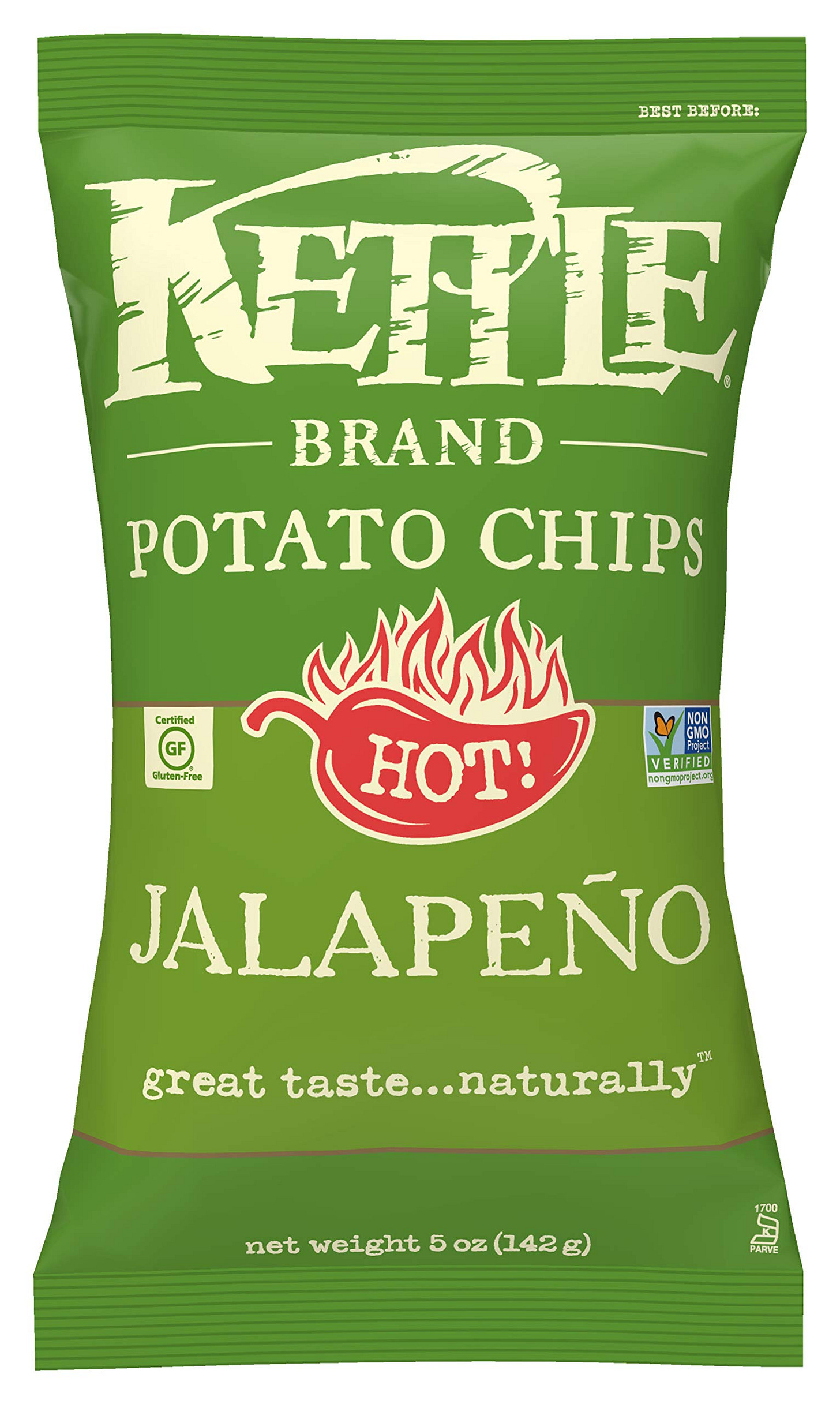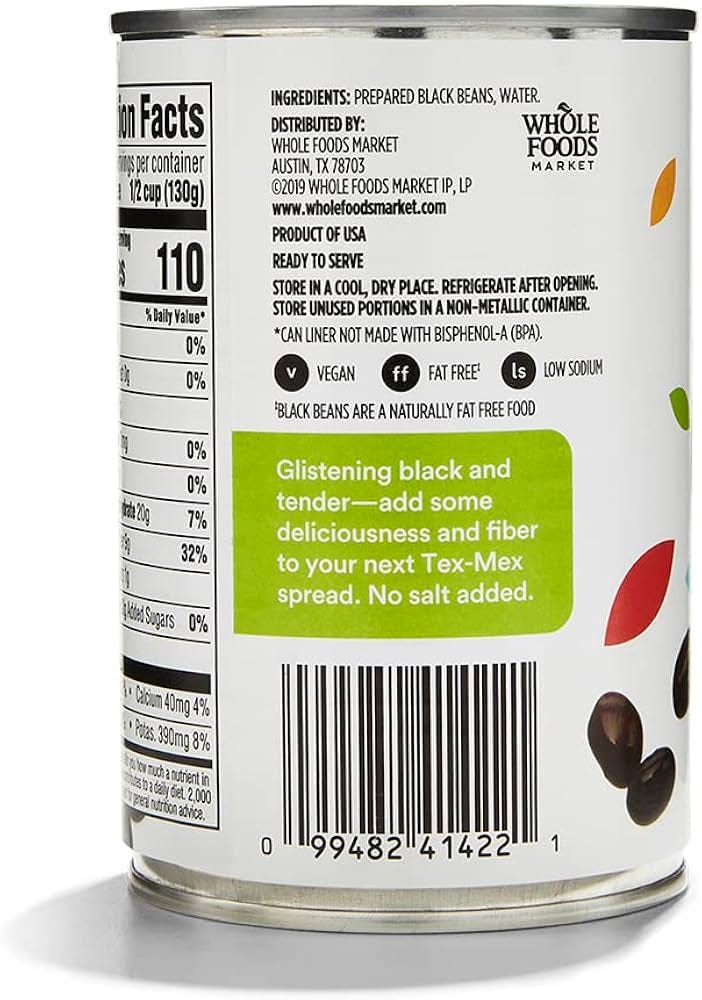Food Processing, Your Health, and Lessons from Ancestral Diets
What ultra-processed foods are, why you should ditch them, and what to eat instead.
In this edition of Momentum you’ll learn about the one thing I tell people to restrict in their diets: ultra-processed foods.
Our current food environment is not conducive to good health.
Our ever worsening obesity epidemic is evidence of that.
The food environment has changed far faster than our genetics could have possibly kept up with.
One of the most impactful changes being the creation and availability of ultra-processed foods.
In today’s post we’re going to cover the following:
What are ultra-processed foods
Why we should limit the intake of ultra-processed foods
What we should be eating instead of ultra-processed foods
Let’s get started.
What are Ultra-Processed Foods?
Ultra-processed foods (UPFs) are defined as industrial formulations that typically contain at least five ingredients, but often contain many more.
These ingredients are not anything you would find in a home kitchen. Ingredients such as preservatives, sweeteners, colorings, flavorings, and emulsifiers are common in UPFs.
These foods are designed to be convenient, hyper-palatable, and shelf-stable.
They taste amazing, they last forever, and they are quick and convenient sources of calories.
Common examples of ultra-processed foods include:
Sugar sweetened beverages like soda and energy drinks
Packaged snacks like chips, pretzels, or cookies
Instant meals like noodles or hot pockets
Processed meats like hot dogs, deli meats, or sausage
Breakfast cereal
Frozen dinners
Ice cream, damnit
Okay, these are kind of obviously not health promoting. But consider these other processed foods frequently marketed as health foods:
Meat substitutes like faux chicken nuggets or the Impossible burger
Protein bars
Triple Zero Oikos Greek Yogurt
Tofu
So, tofu is certainly a healthy food. The same goes for Greek yogurt. Where do we draw the line at what is health promoting and what is not?
The NOVA Food Classification System categorized food according different levels of food processing. Let’s take a look:
NOVA Group 1: Unprocessed or minimally processed foods
This category includes fresh meat, fruits, and vegetables.
NOVA Group 2: Processed culinary ingredients
This group includes salt, sugar, oil, and spices.
NOVA Group 3: Processed foods
These are typically made from combining NOVA 1 and NOVA 2 foods. Examples included home-made baked breads, cheese, yogurt, canned vegetables or fruit, and dried or canned fish.
NOVA Group 4: Ultra-processed foods
These are the industrially manufactured foods that use formulations containing long ingredient lists, at least 5, that are not used in typical home kitchen cooking. They often use added sugar, oil, and sodium in levels much higher than are found in home cooking or naturally in NOVA 1 foods.
The important thing to note here is that there is a spectrum of processed foods and not all of it is bad.
Using this classification as a framework I feel comfortable saying that the majority of your diet should consist of NOVA 1-3 foods with restriction of NOVA 4 foods.
This seems intuitive, sure. But this is not how most Americans eat.
Research shows that US adults get half of their calories from ultra-processed foods and children eat even more, between 60-90%.
It isn’t a shock to me and many other public health and healthcare professionals that these numbers are rising with obesity rates.
So, what is it about ultra-processed foods that make them unhealthy?
Ultra-Processed Foods and Health
I’ll say it.
Ultra-processed foods are delicious.
Give me a bag of Kettle-Cooked Jalapeno Chips and I’ll down the entire thing between coin toss and kickoff on a football Sunday.
Here is where the issue lies.
These foods are hyper-palatable, extremely easy to over-eat, available, and affordable.
Eating the entire bag would mean eating 750 calories.
That’s the same caloric content of five plain baked potatoes.
Most nights I can barely finish one plain baked potato.
We get all of these calories, added sugar, added sodium, and added fat with no upside. There is nothing health promoting about the vast majority of ultra-processed foods.
Research has demonstrated that high consumption of UPFs is linked to worse cardiometabolic risk profiles, higher risk of cardiovascular disease like heart attacks, higher risk of cerebrovascular disease like strokes, higher incidence of depression, and worse all-cause mortality.
Additional research has added that high consumption of UPFs is linked to obesity.
It isn’t the sugar content; bananas are high in sugar and they’re very healthy for you.
It isn’t the fat content; almonds are high in fat and they’re very healthy for you.
It isn’t the sodium content; beets are high in sodium and they’re very healthy for you.
It’s the cocktail of all 3 in quantities that are much higher than what would be found in whole foods and packaged in a way that is extremely easy to over consume.
The food companies know this.
Lay’s slogan used to be “Betcha can’t have just one.”
Pringles says that “Once You Pop the Fun Don’t Stop.”
Replace “fun” with “over-consumption of ultra-processed foods” and then you’ve got some real truth in advertising.
So, yeah they aren’t good for us. But they are hard to eliminate from our diets.
So, what should we do as a society to fix this issue?
I don’t know. It would take a massive public policy overhaul to change the landscape of our food environment.
Unfortunately I have little faith that will happen any time soon.
But, you can change the food environment for one person, or a few people if you provide for your family.
Here’s what we should focus on instead.
What to Eat Instead
I don’t recommend any primal, paleo, carnivore, or caveman diets but I do think we can learn a lot from ancestral type diets.
If we look at the diets of modern hunter-gatherer tribes or evaluate the theoretical diets of our ancestors we find one thing in common with all of them.
Their diets consisted primarily of single ingredient whole foods.
I wrote some more detail about this in this popular article.
Okay, so there goes 3/4 of the pantry and the fridge. What the fork do I eat now?
Here’s how I recommend eating to reduce the intake of UPFs.
Focus on Whole Foods
C’mon, pay me Jeff Bezos!!!
Okay, no, not the store.
But focus on whole, single ingredient foods automatically eliminates UPFs and creates the base for our health promoting diet.
NOVA-1 foods should make up the bulk of the diet. Think of this like your single ingredient food shopping list.
Eggs, oats, lean meats, fruits, vegetables, nuts, etc.
Use NOVA-2 foods to cook with. These are single ingredient home cooking items like olive oil, salt, and spices.
Pepper in some NOVA-3 foods because they can still be very healthy. These include reduced-fat yogurt or cheese, tofu, canned beans, and some breads. Just make sure the ingredient list isn’t too crazy on these items. Most of the time the canned beans ingredients list is just *gasp* beans.
Prepare Your Own Food
It is really hard, dare I say impossible, to create ultra-processed foods in your own kitchen.
Enjoy UPFs Guilt Free Sometimes
Like I said before… these foods are delicious.
Can I live in a world where I don’t get a giant ice cream cone in the summer?
I could. But I don’t want to!
If you eat this stuff once in a while its no big deal.
When it becomes greater than 50% of your total caloric intake for the day you may be in some health trouble.
Wrapping Up
Ultra-processed foods are bad, mmkay? Limiting the intake of ultra-processed foods and focusing on whole, minimally processed foods can promote better health outcomes and contribute to overall well-being.
Now, let’s keep building Momentum together.
Nick is a sports chiropractor, fitness specialist, assistant professor of exercise science, and writer.
Check out my next-level training programs to finally get results.
Train with me on my program.
The training program varies based on my goals. It ranges from powerbuilding to hybrid athletic programs.
Get seriously strong.
This BREAKING GAINZ style program focuses on strength in the squat, bench, and deadlift and builds full-body muscle.
Get seriously strong and super jacked.
This BREAKING GAINZ style program focuses on strength in the squat, bench, and deadlift and builds full-body muscle.
This BREAKING GAINZ training format gets you jacked, strong, and fit
Combine strength training with metabolic conditioning to get you in the best shape of your life
Another classic BREAKING GAINZ training program that gets you jacked, strong, and fit
Perfect for beginners or home workout enthusiasts
Get in great shape with just your bodyweight and a pair of dumbbells
One-on-One Remote Training Programs
Limited availability: email me at nickotrainingsystems@gmail.com for more info.









